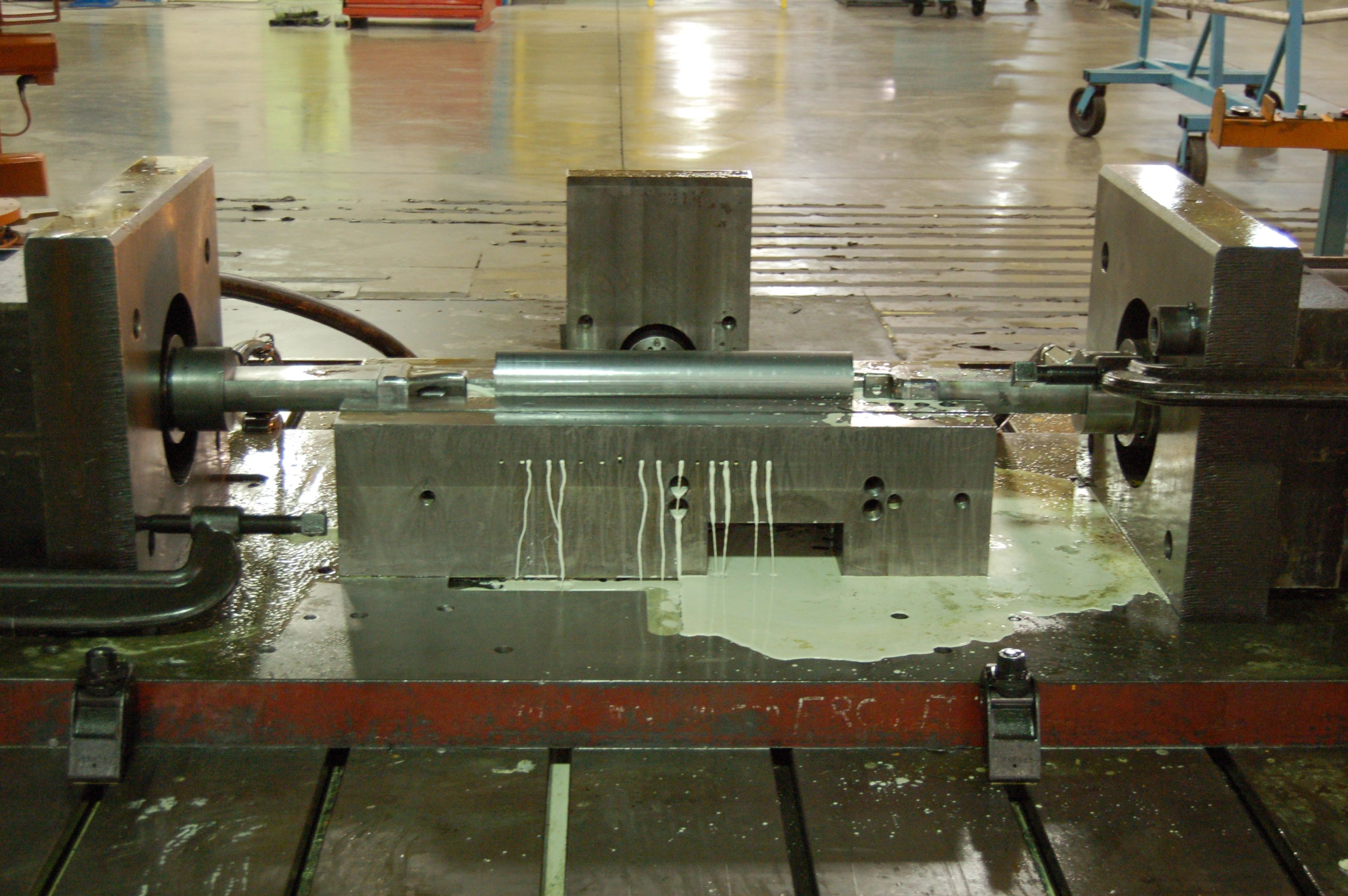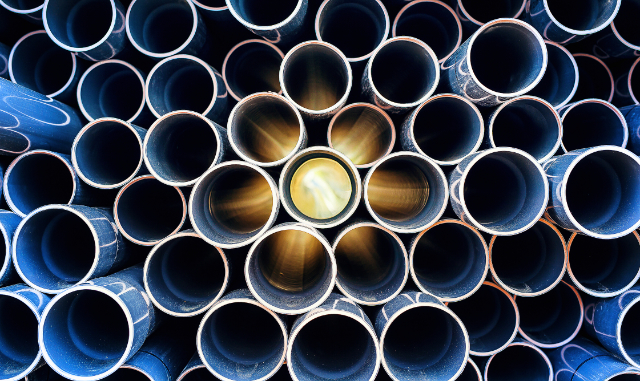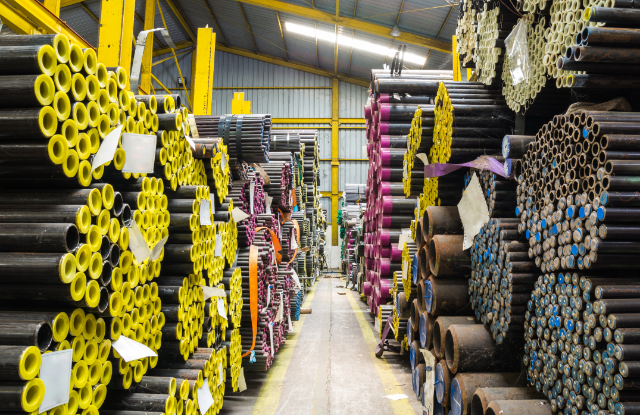A Clear Overview of Hydroforming

In a layman’s term, Hydroforming is a method that is applied when producing metallic components. The technique utilizes a high pressure liquid to push a thin film inside a mold. The outcome is a seamless metallic component which is not only light in weight, but robust and durable.
Different Types of Hydro-Formed Components
There are generally two types of products that can be produced through Hydroforming. These are:
- Customized hydro-formed components that are normally produced by the industries only by request.
- Generic hydro-formed components that are mass produced by companies for the sole purpose of sale as well as distribution.
The cost of producing customized hydro-formed components normally hinge on several factors such as the complexity and dimension of the order. If the purpose of the fabrication is to produce parts that are to be used in complex projects, then the overhead can be high since technicians spend more time and effort in ensuring that the final product is made according to the specification of a client.
What Are the Different Types of Techniques Used in Hydroforming?
There are two types of techniques that can be applied during the Hydroforming process. These are:
- Making use of a bladder stuffed with fluid: While using this type of technique, the technician puts an even film of metal in a mold and then covers the mold using the bladder before exerting pressure from the other end. As the pressure is increased by the technician, the bladder pushes the metal inside a mold. When the process is complete, both ends of the halves are opened to reveal the metal part. This technique is suitable for creating metal parts with high levels of details.
Tube forming: While using this technique to create metal parts, the technician seals a tube within the mold using a shape that has been cut along the strip of the tube. The mold is held in position using blocks. Thereafter, a high-pressure is forced through the metal tube which then causes the tube to expand outwards thereby allowing for the mold to form.
If you need a service provider who can help you with Hydroforming, contact us today for more details.
Error: Contact form not found.




Leave a Reply